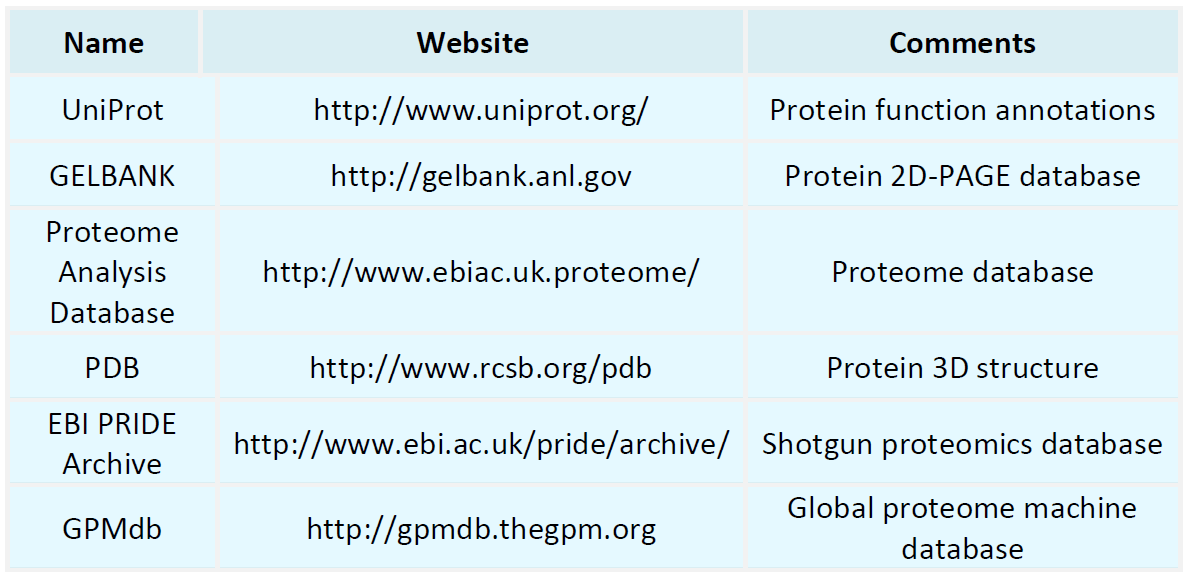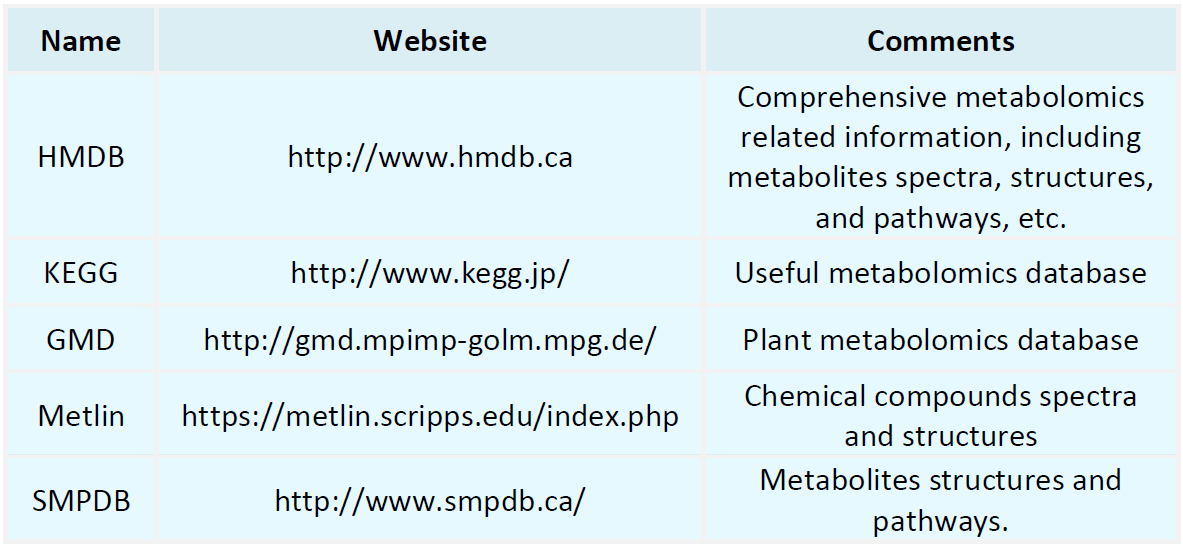Resources
Proteomics Databases

Metabolomics Databases

-
LC-MS in proteomics integrates the separation power of liquid chromatography with the detection capabilities of mass spectrometry, enabling the separation and analysis of complex proteins and peptides within a proteome. The primary advantages of LC-MS in proteomics are its robust separation and identification capabilities. Proteomics research often involves complex samples with substantial variability in protein types and concentrations. Liquid chromatography can separate these complex protein mixture......
-
• HPLC for Protein Characterization
HPLC for protein characterization is a technique used to separate complex mixtures by exploiting differences in how components distribute between stationary and mobile phases. This method is particularly advantageous for analyzing biological macromolecules like proteins, offering high precision and resolution in separation. When combined with detection methods such as mass spectrometry (MS), HPLC for protein characterization becomes an invaluable tool for both qualitative and quantitative protein anal......
-
Enzyme mapping analysis involves the systematic investigation of enzymes, either in vivo or in vitro, using a range of techniques to determine their types, distribution, activity, structure, and interactions with other biomolecules. This analysis results in a comprehensive "map" of enzyme functions and properties within biological systems. Enzymes exhibit high specificity, acting only on particular substrates. By exploiting this specificity, labeled substrates or enzymes can be employed to visualize e......
-
DSC protein analysis (Differential Scanning Calorimetry) is a powerful technique for studying protein thermal stability and folding kinetics. By measuring the thermal energy absorbed or released during temperature changes, DSC protein analysis provides detailed insights into protein denaturation, folding, and molecular interactions. One of its key outcomes is determining the protein's melting temperature (Tm), the point at which it transitions from its folded to unfolded state. This information is vit......
-
• X-Ray Diffraction for Protein Structure Determination
X-ray diffraction for protein structure determination is a pivotal method in structural biology, involving the analysis of interactions between X-rays and the atoms within a protein crystal to derive detailed structural information. The process begins with the challenging task of preparing the protein in a single-crystal form, as many proteins are difficult to crystallize in their native states. Once a crystal is successfully obtained, it is exposed to an X-ray beam. The resulting diffraction pattern,......
-
AAV characterization involves a comprehensive analysis of the physical, chemical, and biological properties of AAV vectors. Known for their high safety profile and low immunogenicity, adeno-associated viruses are widely used as viral vectors in gene therapy and gene delivery applications. AAV characterization is essential to ensure the safety and efficacy of gene therapy products. This process verifies critical attributes of the vector, including structural integrity, purity, infectivity, and gene del......
-
• X-Ray Crystallography to Determine Protein Structure
X-ray crystallography to determine protein structure is a crucial method for elucidating the three-dimensional structures of proteins, which is fundamental to understanding their functions, as structure dictates function. With its high resolution and accuracy, X-ray crystallography is a preferred approach for structural studies. The method involves analyzing X-ray diffraction patterns of protein crystals to generate an electron density map, which is then used to construct a three-dimensional structura......
-
• Vegan Protein Amino Acid Profile
The vegan protein amino acid profile refers to the composition and content of amino acids in plant-based proteins, which can vary significantly depending on the source. Research on these profiles primarily focuses on the precise analysis of amino acid types and their proportions. Vegan proteins can meet human requirements for high-quality protein while contributing to reduced greenhouse gas emissions and land use. However, the amino acid composition of vegan proteins differs markedly from that of anim......
-
• Vegan Protein Powder Complete Amino Acid Profile
The vegan protein powder complete amino acid profile is a comprehensive analytical process that detects and evaluates all amino acid components present in plant-based protein powders. This analysis focuses on identifying the types, concentrations, and ratios of amino acids to assess the nutritional value and overall suitability of vegan protein powders. With the increasing emphasis on health awareness and the growing popularity of vegetarian and vegan diets, the evaluation of the nutritional profile o......
-
• Circular Dichroism Spectroscopy Calculates the Secondary Structure Content of Proteins
Circular Dichroism Spectroscopy is a widely used technique for the characterization of protein secondary structures. By analyzing the absorption spectra of proteins in the ultraviolet region, information on the secondary structure composition—comprising α-helix, β-sheet, β-turn, and random coil—can be obtained.
How to order?







